The most common question asked on Lonely Speck answered for Canon shooters!
What is the best lens for astrophotography? The one that collects the most light.
Below is a list of the highest scoring lenses for untracked nightscape photography and astrophotography. The score is a direct representation of light gathering capabilities based on the formula:
Score = (aperture area) × (angular area) × (suggested shutter speed)
Where the shutter speed is the longest suggested shutter speed in seconds based on the “500 Rule” (500/focal length). Aperture area is the surface area calculation of the clear aperture of the lens and the angular area is the angular field of view in square radians. This score is a mathematical calculation based purely on some simple physics. It doesn’t account for other considerations like the lens’s build quality or optical aberrations but it’s a good gauge of overall light gathering capability. You can also see the complete list of scores here, complete with calculations and further explanation.
All of the lenses listed here are my personal suggestions for photographers looking to get the absolute best astrophotography results with their camera. If using the given camera mount, these are the lenses that I would use. Most of these lenses are manual focus lenses by Rokinon which also tend to be much more affordable than their autofocus Canon counterparts. Additionally, most of the Rokinon lenses are sharper and tend to exhibit less coma aberration than their Canon counterparts. If you’re willing to learn how to use manual focus, Rokinon lenses are spectacular performers.
If you would like to know more about the thoughts that went into creating this list, please read my article on how to pick a lens for Milky Way photography.
EF Mount (Full Frame and APS-C)
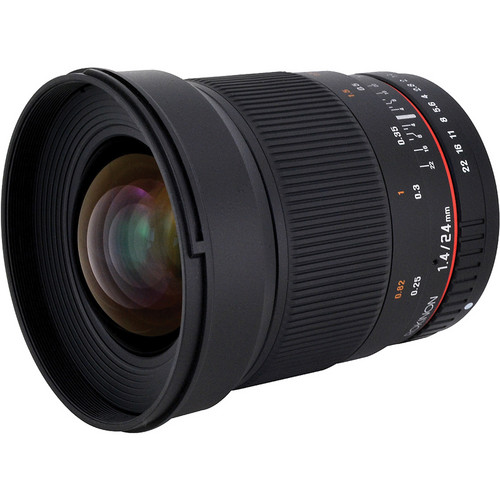
24mm/1.4: Rokinon 24mm f/1.4 ED AS UMC ( Amazon / B&H )
- The best night photography and astrophotography lens you can buy. Excellently sharp, especially when stopped to f/2. Manual focus.
- My full review of the Rokinon 24mm f/1.4
- Score: 2869
- This is my go-to lens for astrophotography on a full-frame DSLR. It’s fast, wide and shows very little aberration problems. Still my personal favorite for Canon full frame DSLRs like the 6D, 5D Mark III and 5DS/R cameras.
- Sample from the Rokinon 24mm f/1.4:
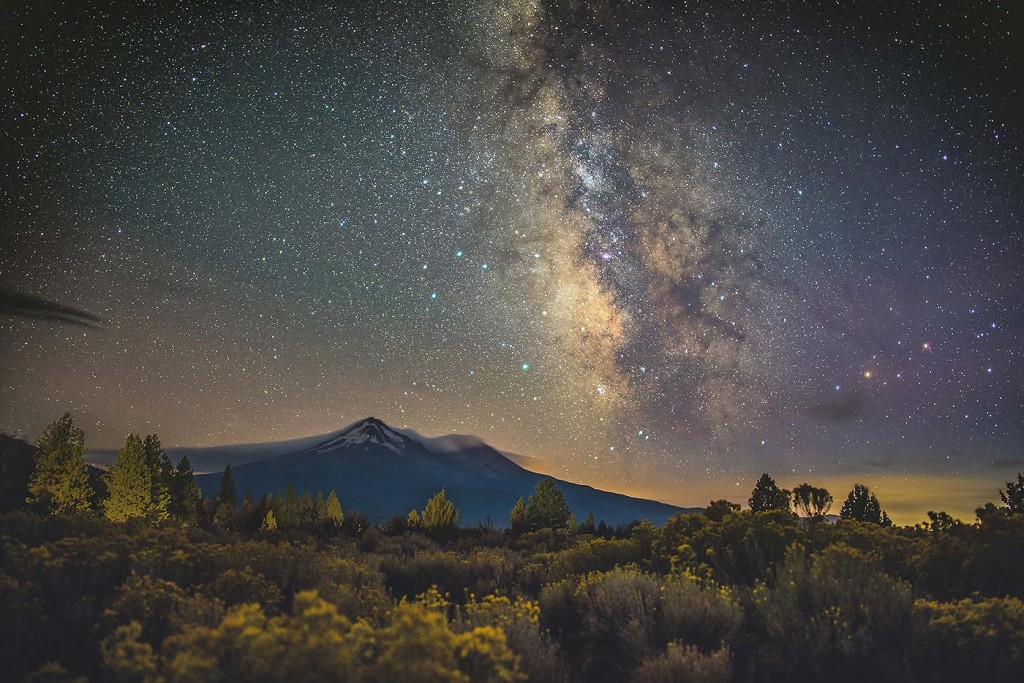
35mm/1.4: Rokinon 35mm f/1.4 US UMC ( Amazon / B&H )
or Sigma 35mm f/1.4 DG HSM Art ( Amazon / B&H )
- Standard wide angle for tighter landscapes or stitching multiple exposures into larger panoramas. Rokinon is manual focus, Sigma is autofocus.
- Score: 2084
14mm/2.8: Rokinon 14mm f/2.8 IF ED UMC ( Amazon / B&H )
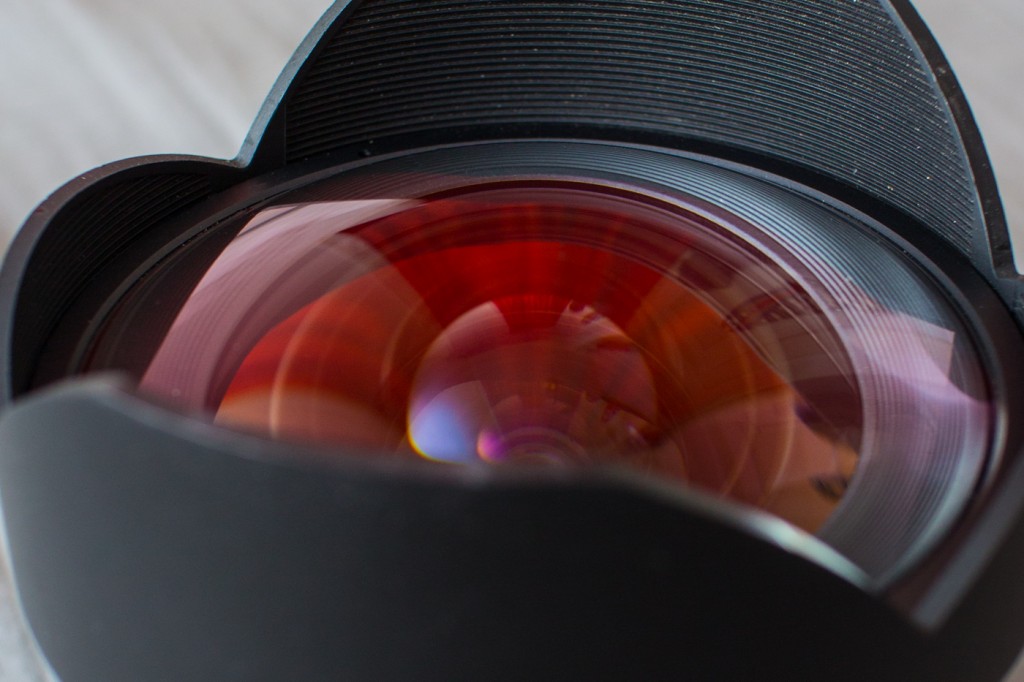
- Essential ultra-wide angle for large sweeping landscapes. Manual focus. One of the most affordable full frame nightscape lenses.
- My full review of the Rokinon 14mm f/2.8
- Score: 1032
- Sample image from the Rokinon 14mm f/2.8:
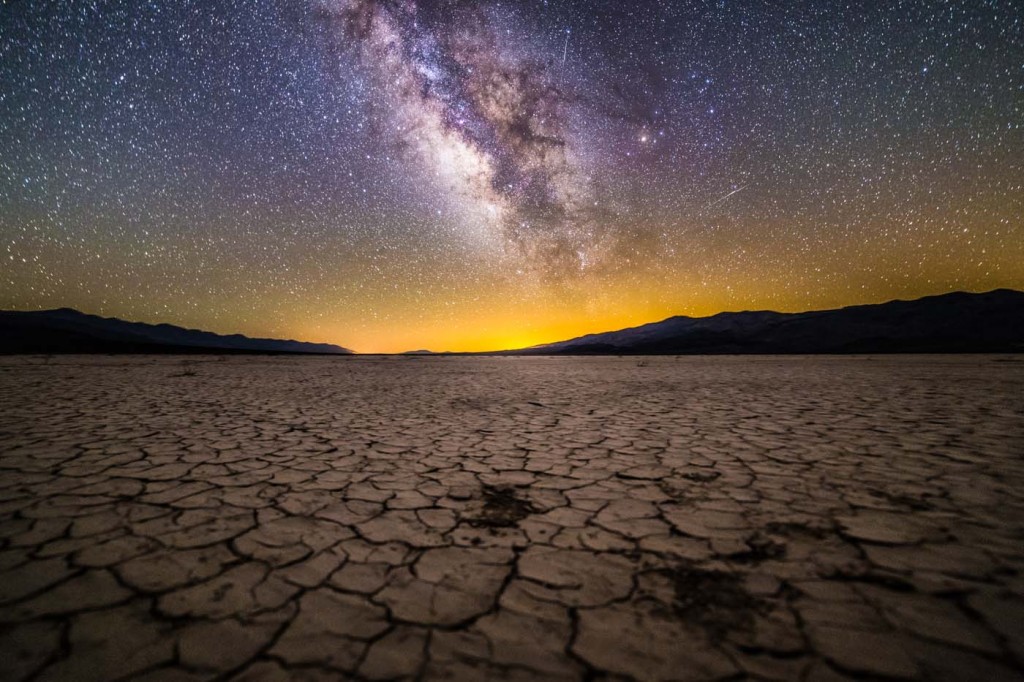
EF-S Mount (APS-C Only)
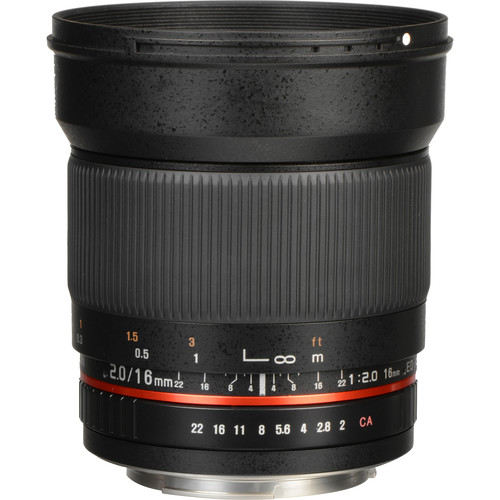
16mm/2.0: Rokinon 16mm f/2.0 ED AS UMC CS ( Amazon / B&H )
- The best combination of wide angle and large aperture. Manual focus.
- Score: 1875
10mm/2.8: Rokinon 10mm f/2.8 ED AS NCS CS ( B&H )
- APS-C alternative to the Rokinon 14mm/2.8. Excellent for ultra-wide angle landscapes. Manual focus.
- Score: 1184
11mm/2.8: Tokina 11-16 f/2.8 AT-X PRO DX II ( Amazon / B&H )
- Covers the same range as the two previous lenses combined. Excellent super wide angle zoom with autofocus.
- Score: 1149 (at 11mm)
EF-M Mount (APS-C Mirrorless)
12mm/2.0: Rokinon 12mm f/2.0 NCS CS ( Amazon / B&H )
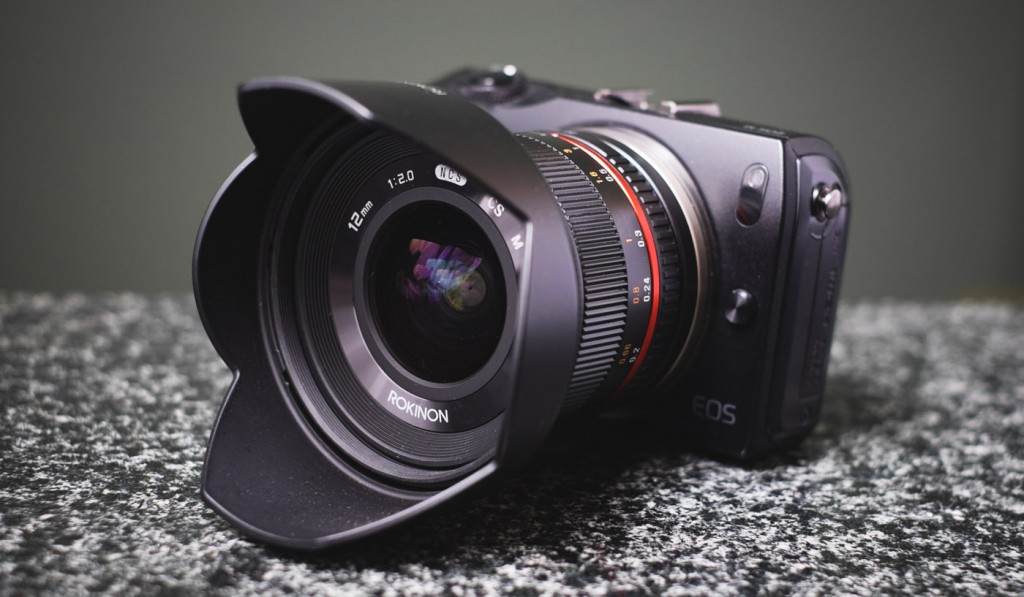
- Best lens for astrophotography on a mirrorless system. Nice and compact, best combination of super-wide field of view and large aperture.
- Score: 2176
- Sample image from the Rokinon 12mm f/2:
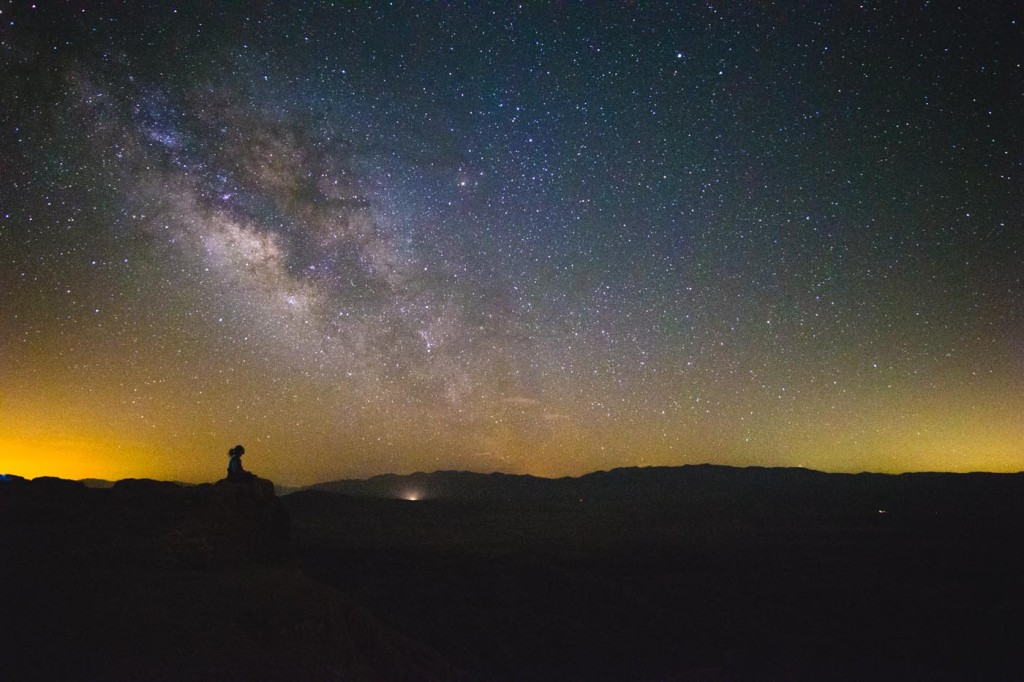
22mm/2.0: Canon EF-M 22mm f/2.0 STM ( Amazon / B&H )

- Surprisingly sharp and extremely compact lens. Also very cheap. Standard wide angle view makes it good for panorama stitches.
- Score: 1505
- Sample image from the Canon EF-M 22mm f/2 STM:
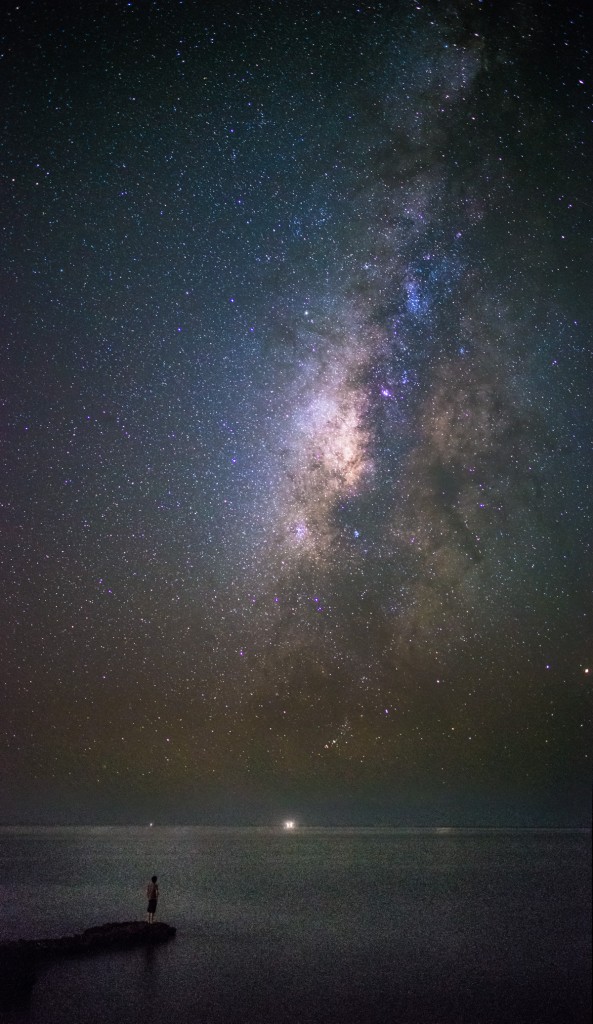
8mm/2.8: Rokinon 8mm/2.8 Fisheye II ( Amazon / B&H )
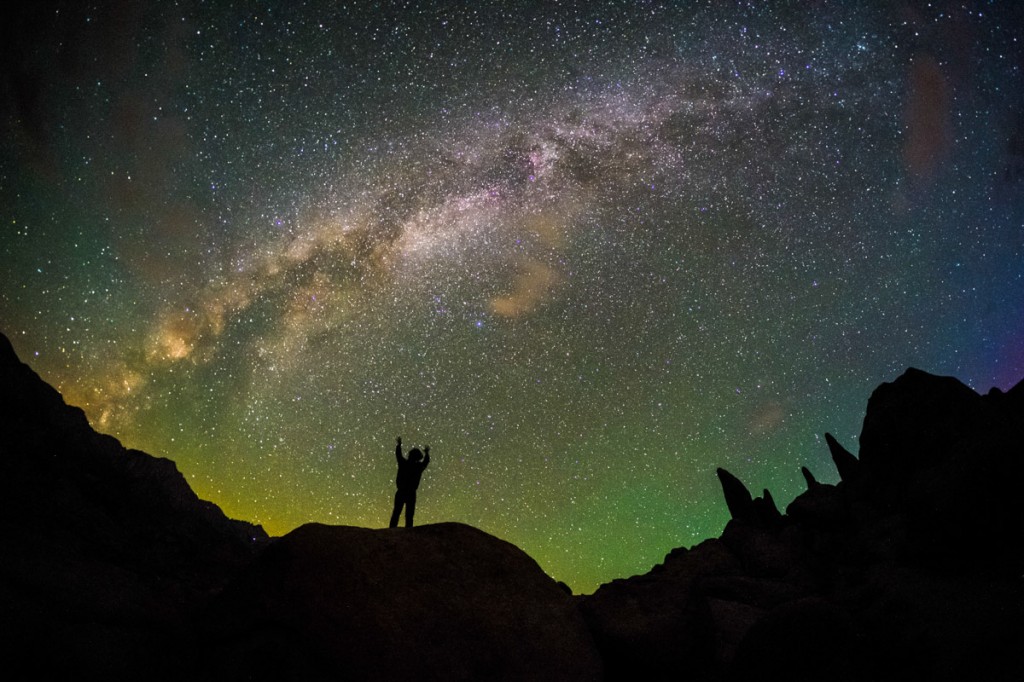
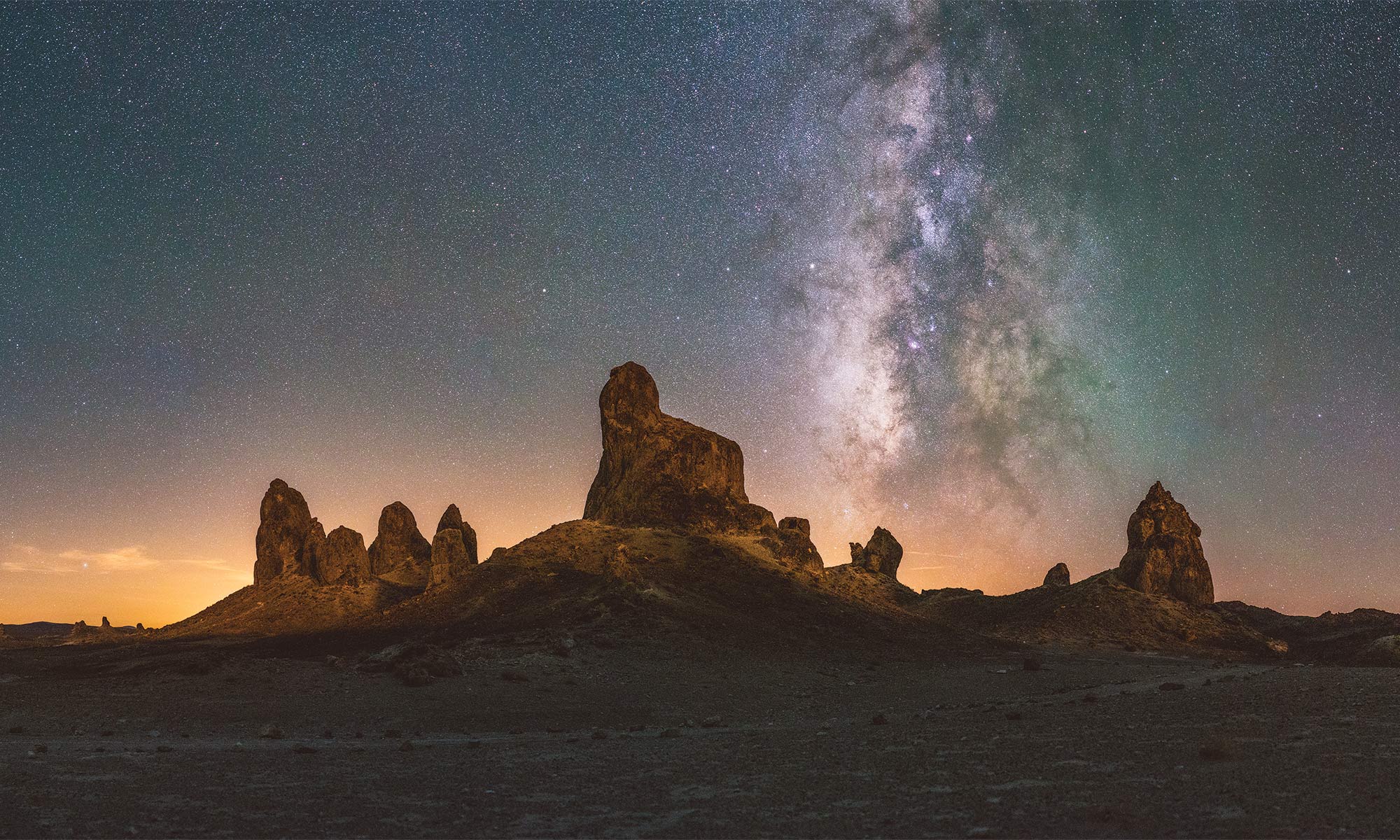
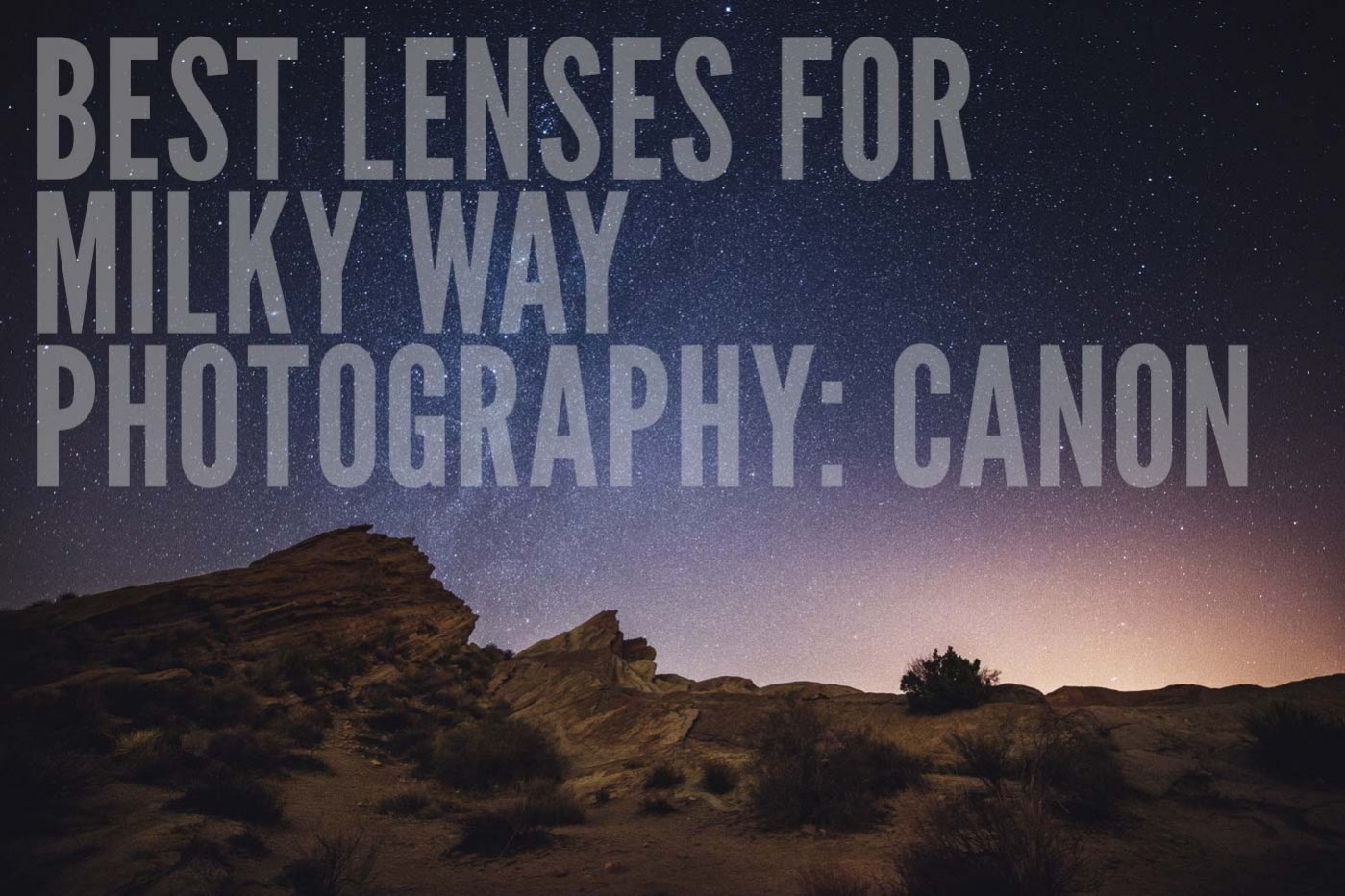
The Sigma 18-35mm F1.8 DC HSM seems to me to be a great lens for astro photography for APS-C users. The reviews suggest it is tack sharp even at its extremes of focal length and aperture. Seems a little more versatile for day work too with AF etc any thoughts on the sigma for Milky Way and or Aurora work?
I have also heard great things about the Sigma 18-35mm/1.8 and I would definitely recommend it for anyone on an APS-C camera.
Hey, I have been attempting to photograph the night sky whenever I go camping out in Sequoia or Joshua Tree and I’ve had a lot of trouble capturing the Milky Way. I have a Canon t3i and the kit 55-250mm lens but recently got the 50mm 1.8 and have been mostly using the 50mm for my photos. I am planning on getting the Rokinon 16mm f/2.0 that you suggested, mostly because it’s the cheapest and I’m thirteen and don’t have a ton of money and I have to buy my own photography stuff and I really need to get something wider than what I currently have. That being said, I have read a bunch of your stuff and last night I was in Joshua Tree and tested out the tips you gave and I still am having a ton of trouble getting any quality photos. I would greatly appreciate any suggestions you have. Thanks
Charlie, you’ll find the biggest benefit from using a wider angle lens. The 50mm is rather narrow to start out with unless you know exactly where the Milky Way will be. Even then, it’s only really good for panorama stitches. I highly suggest the 16mm/2.0 it will be much wider angle than the 55-200mm and 50mm that you have which should make it way easier to shoot the Milky Way.
Do you have the 18-55mm kit lens as well? Set to 18mm and f/3.5 it will be a good lens to start with while you save for a better lens.
I think I messed up…the 10mm/f2.8 sigma is 36 seconds because it’s aps-c and I messed up on estimating the time on the other lenses. To use your spreadsheet instead, here’s the breakdown…
sigma 10mm f2.8 =1184 score X1 for a300 =1184
rokinon 14mm f2.8=1032 score x4 for a7 = 4128 <<<this lens combined with an a7 that is 4 times more sensitive?
sigma 10mm f2.8=1184 score x4 for a7 with adapter=4736
rokinon 24mm f1.4=2869 score x4 for a7= 11476.
sigma 10mm f2.8 with a300 = 1184 score
Rokinon 14mm f2.8 with a7 – cost $400 lens + $1300 a7 = $1700 — 4128 score
sigma 10mm f2.8 with a type to e type adapter – cost $250 + 1300 a7 =$1550 — 4736 score
rokinon 24mm f1.4 with a7 – cost $550 lens + $1300 a7 = $1850 — 11476 score
The other big question will be how much vignetting will there be for both rokinon's on the sony a7. I know there's going to be huge vignetting on the sigma 10mm with the a7.
The 14mm/2.8 and 24mm/1.4 Rokinon lenses are both full-frame lenses so they will work on the a7 without cropped vignetting.
I currently own a sony aps-c a300 combined with a sigma 10mm f2.8. I’m interested in getting either a sony a77 or a sony a7. If I get the sony a7, I would need to sell off my, a300, sigma 10mm lens, and a bunch of accessories since . According to snapsort, the a 7 has 2,248 ISO vs 548 ISO for the a300. That’s a 4:1 ration on light sensitivity and for miky way, I need all the light I can get.
Based on your article, I was looking at the Rokinon 14mm f/2.8 IF ED UMC, or the 24mm/1.4: Rokinon 24mm f/1.4 ED AS UMC. Based on calculations the 10mm sony could be open for 50 seconds, the 14mm rokinon 36 seconds, and the 24mm 21 seconds.
Can you correct me if I’m wrong but I’m going to attempt to calculate the equivalent light gathering of the 2 lenses you recommend. So to make things simple, I’ll compare both my sigma f2.8 and the rokinon f2.8. Since the ration is the same, the difference is the amount of light gathered for the max amount of time that the aperture can be opened. My lens is 50 seconds and were going to use 1X as the amount of light gathered equivalent in seconds, so that would make it 50 seconds. For the rokinon the time is 36 seconds times 4x on the a7 (since it’s 4 times more sensitive than the a300), so the answer is 143 seconds. So comparing apples to apples, the rokinon 24mm, mounted on the a7, would absorb the same amount of light in a 36 second span, as my 10mm in 143 seconds? As far as the 24mm lens, if it was a f2.8, it would be 80 seconds, but because it’s a f1.4, it would be 3 stops faster, which is 8 times the light gathering, which would be 640 seconds equivalent to my 10mm lens?
Your site. and spreadsheet have been addicting to read into. I have been looking for a wide prime for a while, and don’t usually consider off-brands, but you have convinced me. My problem is… I can’t decide between the 24mm1.4 or the 14mm2.8. I already have a 24-70 2.8. But that 1.4 is so nice and tempting, I’m just not sure if its wide enough ya know? I will be in Tetons, Yellowstone, and Glacier park next month and need something new for this trip. Do you have any insight?
Cam,
Try the 14mm/2.8 first. It’s the cheapest of the Rokinon lenses and has a nice wide field of view, even on the cropped sensors. If you have a FF camera, the field of view is definitely something special. It will feel a little more unique compared to your 24-70/2.8. Plus, the 24-70/2.8 at 24mm/2.8 should be OK for astrophotography, especially to start. Use your 24-70 too to get used to the field of view. If you find you like it and want to be able to shoot with that focal length at lower ISOs, grab the 24mm/1.4.
My only insight for your trip would be to know where to look for the Milky Way. Take a look at the night sky with Stellarium (stellarium.org) and make sure you know what direction you will need to face to see it. Then you’ll be able to more easily visualize your shooting locations before it gets dark. Also, it’s best to be at the location before sunset and wait it out until it gets dark, rather than trying to stumble around in the dark to find a shooting location. Wyoming/Montana/Idaho should be spectacular and the Milky Way should be visible throughout the whole night in July/August so you’ll really have something special.
All the best!
Ian
What lens can you advise me between
samyang 10 or 14 or 16 or 8fisheye ?
Elia, that depends on what you’re looking for! If you want the widest field of view, the 8mm fisheye will be the best, but it has tons of distortion. If you want the widest rectilinear lens, the 10mm/2.8 would be best. If you want the best price, the 14mm/2.8 would be best. And if you want the best performer in terms of light gathering (for the cleanest photos) get the 16mm/2.0.